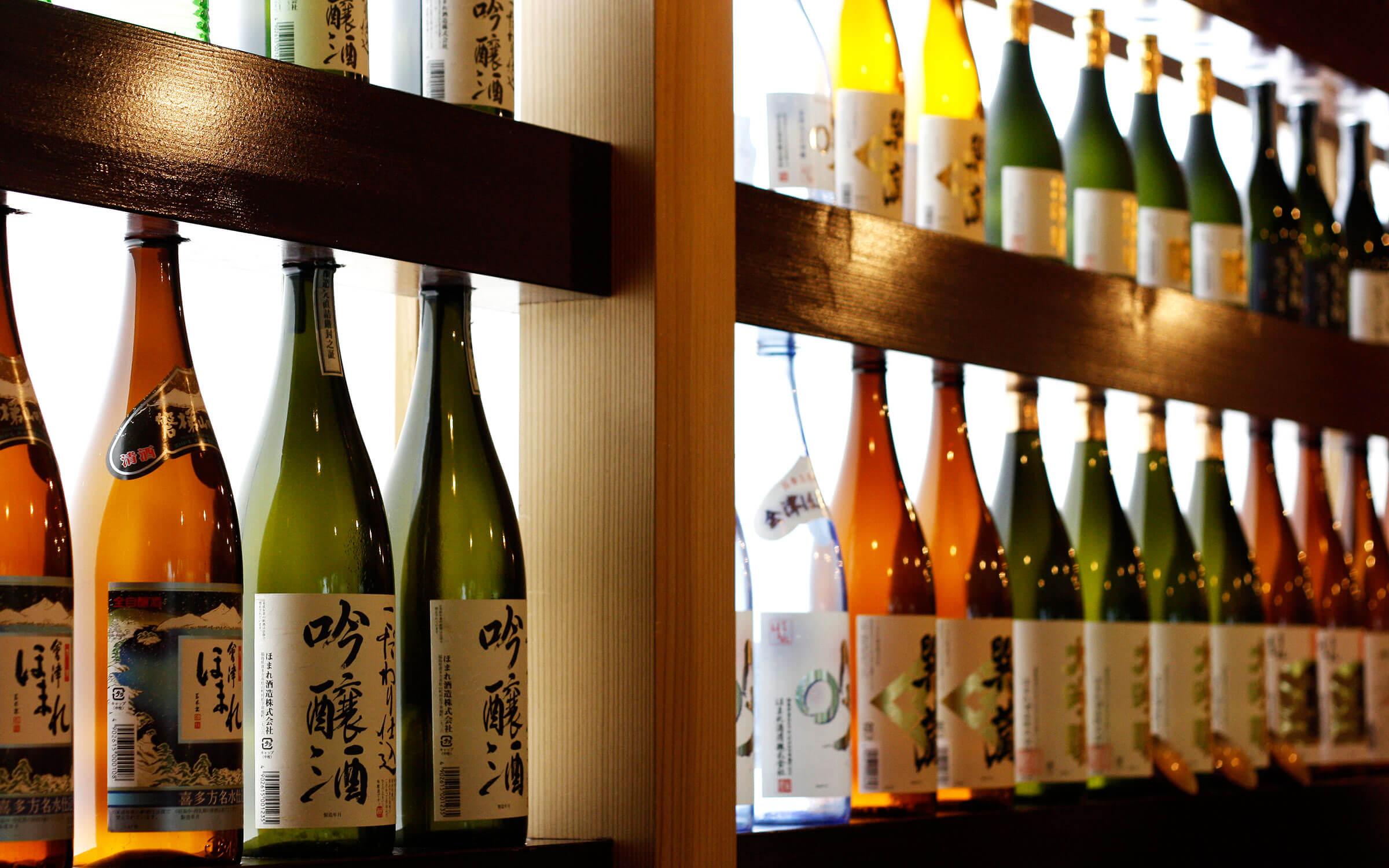Sake rice wine elicits a feeling from the Japanese akin to the enthusiasm Scotch elicits from the Scots and wine elicits from, well, all of us. A drink that inspires endless investigation and discussion, devoted admirers will gladly deconstruct all the aromas and flavours, the subtleties and complexities that distinguish each label from the next. No need to get that in-depth as far as we’re concerned though. Rather, we want to whet your appetite with a brief primer on this traditional Japanese beverage.
Sake: Humble Beginnings
So, to begin, the sake essentials: rice, water and yeast. That’s it. Same as it has always been since someone accidentally (or fortunately) left some wet rice out to ferment in a pot a couple thousand years ago. Refinements over the centuries have obviously taken the craft to the point of high art, depending on how the rice is washed, steamed and polished, which removes the bran from the rice. Some rice is cultivated with mould and then mixed with the yeast, which kick starts the magic of fermentation.
Be sure to always pour for your guests who, in turn, should pour for you.
Entrusted with that magic touch is the brew master, or toji, who guards the secrets and guides the brewing through these stages. Part alchemist, part craftsman, the toji will consistently produce that perfect balance that distinguishes the particular brand, a process that typically takes between 18 to 32 days before it’s pressed, filtered, blended and bottled.


 Not unlike its counterpart made from grapes, attempts to categorize sake rice wine have resulted in an endless array of compartmentalized labels and categories, which depend on techniques used in the fermenting process. A more generalized categorization recognizes four main Special Designation sakes depending on the type of rice used and how much alcohol is included. We’ll leave the finer points for the experts, who can explain them to you in much more detail.
Not unlike its counterpart made from grapes, attempts to categorize sake rice wine have resulted in an endless array of compartmentalized labels and categories, which depend on techniques used in the fermenting process. A more generalized categorization recognizes four main Special Designation sakes depending on the type of rice used and how much alcohol is included. We’ll leave the finer points for the experts, who can explain them to you in much more detail.